As a homeowner, you have to make sure that your home is well-protected, especially from the risk of fire accidents that can be very damaging to your home. The responsibility to keep your home safe from damage and harm can be overbearing sometimes. Fortunately, there are things you can do to reduce the risk of fire damage to your home, starting with your roof.
Your roof is essential to your home’s integrity. You have to properly maintain it so it remains durable and functional for it to be able to protect you and your home.
Here are ways you can reduce the risk of fire damage to your roof.
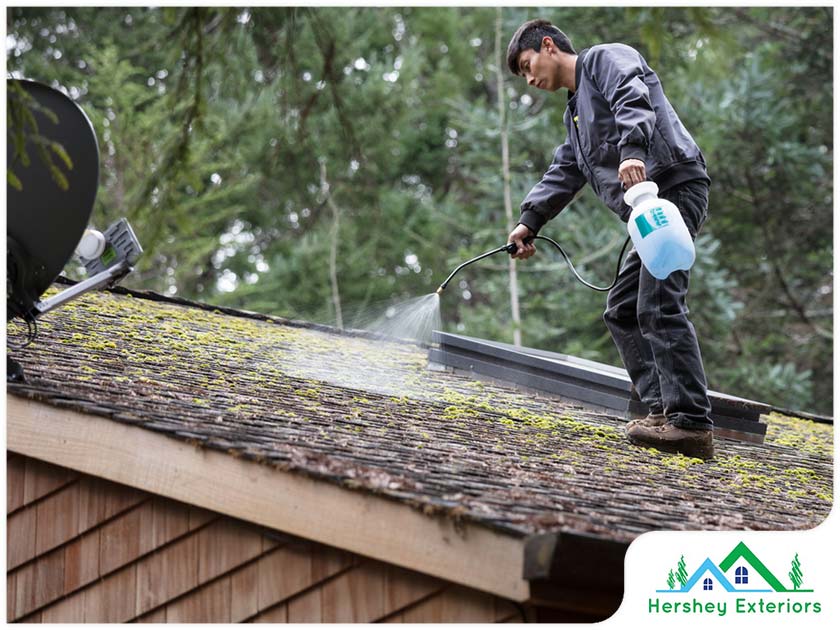
High-Quality Roofing Material
Did you know that roofing materials are rated based how their resistance to fire? For safety, it’s advised to only use fire-rated roofing materials and avoid unrated materials. There are three fire rating categories. Starting with the category with the least resistance, Class C is for materials like plywood and hardboard siding panels. These materials only provide light protection from fire. Class B is for materials that are effective against moderate fire exposures. They are the category for materials that are combustible, but are treated with fire-retardant chemicals to improve their fire resistance values like pressure-treated shakes and shingles.
Then, there is Class A, which are the roofing materials that are most resistant to fire. It’s ideal to choose roofing materials rated as Class A like asphalt fiberglass shingles and concrete tiles to reduce the risk of fire damage to your roof. In case of a fire accident, roofs made of Class A high-quality materials spread fire slowly. This can give you more time to put out the fire or evacuate yourself to safety.
You can talk to your trusted residential and commercial roofing contractor to help you choose the right Class A roofing material for you. Choose the material that best fits your budget and what’s the most suitable for your area’s climate. Most of these quality materials also offer many other advantages for your home, including increased energy efficiency and improved aesthetics.
Maintain Cleanliness
Keeping your roof clean and tidy prevents exposure to any flammable materials. Dirt and debris can accumulate and pose a fire risk when exposed to high temperatures for a long time. It’s best to always clean your roof and keep it free of any unnecessary debris. This includes your attic that connects your roof to the interior of your home. Clean out any windblown debris that can easily spread the fire. If your roof includes outdoor vents, do your best to also keep them clean.
You should also clear the area around your home of any combustible materials. Any heat source near or on your roof should be monitored. Store away any unnecessary things near your siding. Any flammable belongings should also be stored and kept away from your roof or attic. You should trim overgrown trees and plants around your property, and don’t stack any firewood close to your home. A clean space surrounding your home can act as a buffer zone that can slow down the fire in case of an accident.
In addition, you should watch out for the nests of small animals. A regular inspection of your whole roofing system can help you to prevent any nesting issues. Nests are considered a fire risk because they are made of small leaves and twigs that are highly flammable. If ignored, they can also cause other issues for your roof system, including clogged gutters and scratched metal roofs. For your chimney, do your best to keep it clean. A chimney fire creates partially combusted debris and soot that may end up on your roof.
Monitor Your Electrical System
You can also reduce the risk of fire to your roof by closely monitoring your electrical system. Electrical problems are one of the leading causes of fire accidents. Generally, most roofing systems have electrical and wiring installations. Your roof is at risk of catching fire if there’s a problem with your electrical system. Use your HVAC, lights and other electrical appliances properly to prevent any electrical malfunction. Monitor your appliances to see if they tend to overheat or short circuit. You can also consult an electrician to help you maintain your electrical and wiring system.
Keep Your Roof Free of Gaps
Missing shingles and damaged flashing are not only an issue for your home’s efficiency, but they are also a fire risk. Your fireproof materials are only effective in slowing down the spread of the fire. The gaps on your roof may still allow the fire to reach inside your roofing structure. Don’t ignore any roofing damage, and seal any gaps or holes that can expose the inside of your roofing. It pays to properly take care of your roof to reduce fire risk as well as ensure that it lasts its full lifespan Also, you should contact your trusted roofing contractor right after an adverse weather event so they can inspect your roof and potentially perform storm damage repair.
Install a Lightning Arrester
Top off all these fire-reducing ways by installing a lightning arrester, which is another potential cause of fire. The odds of lightning hitting your home is low, but it is possible, especially if you live in an area that experiences severe lightning storms throughout the year. Lightning is very damaging because it produces an electric discharge from the sky which ionizes and heats the air. A bolt of lightning can start a fire in your home even with fireproof roofing materials. Installing a lightning arrestor on your roof is one of the best ways to reduce the risk of lightning-related fire to your home. Once your roof is struck by lightning, the lightning arrester lets the electricity flow to the ground safely instead of to your home.
Protect and maintain your roofing with the help of the professionals from Hershey Exteriors, Inc. We offer quality and stress-free storm damage repair services as well as other types of roofing services. Call us at (302) 569-9039, or fill out our contact form to book an appointment. We look forward to assisting you with your upcoming project and answering any questions you may have.
Tags
Subscribe to Hershey Exteriors's Blog


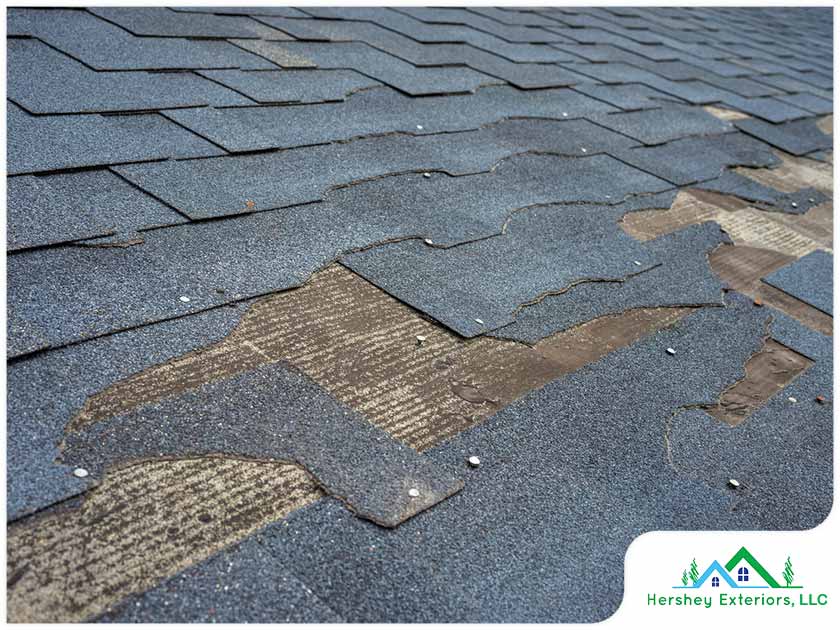
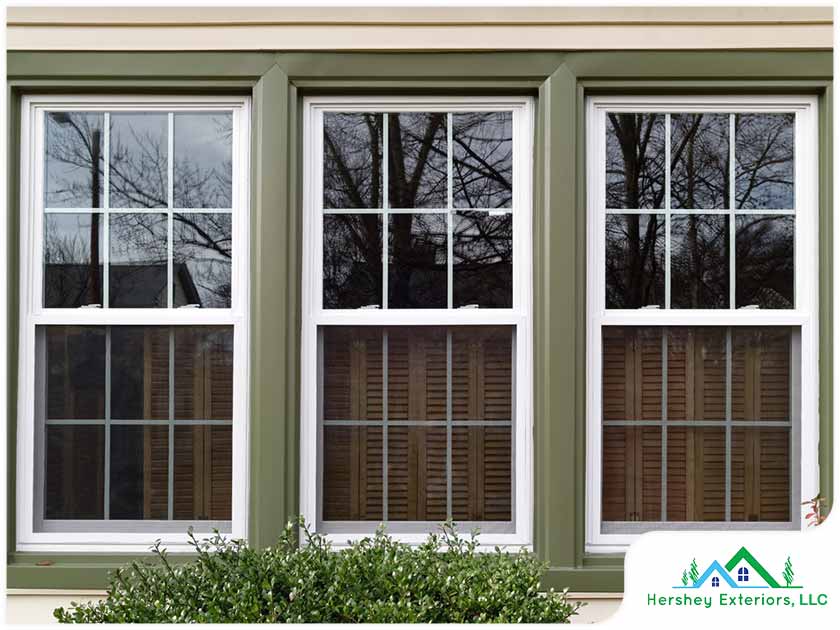
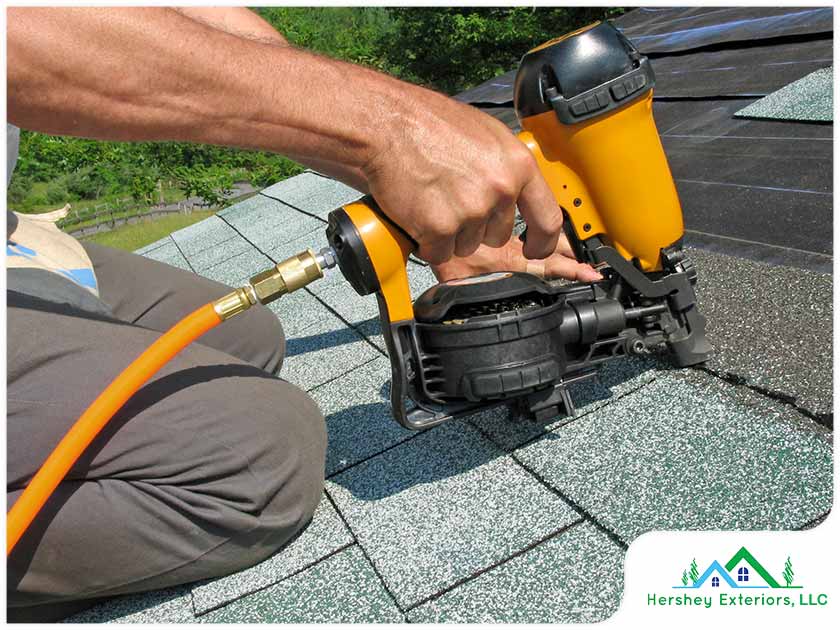
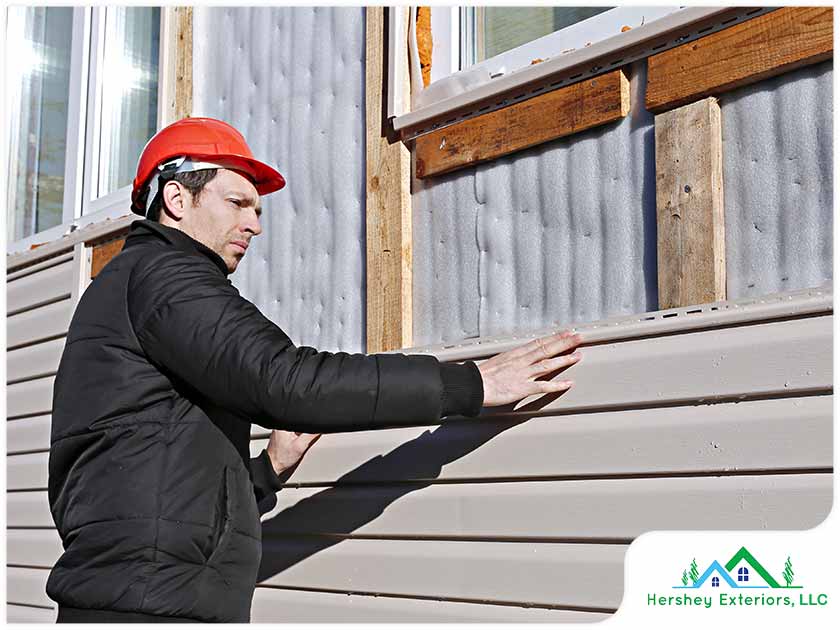
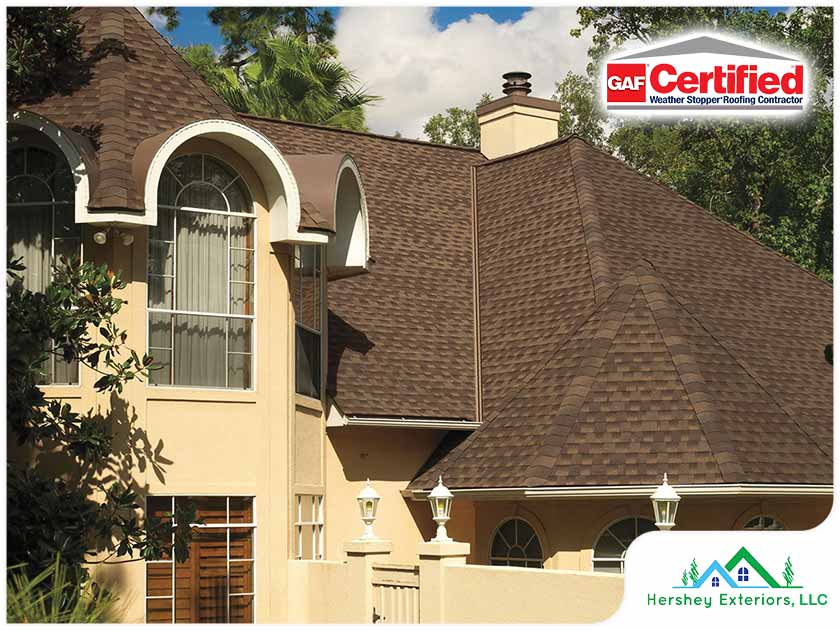

Comments